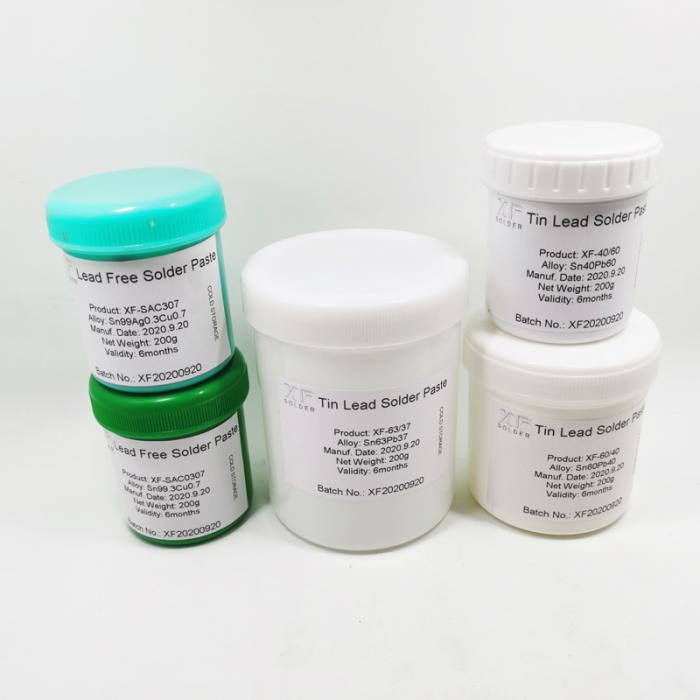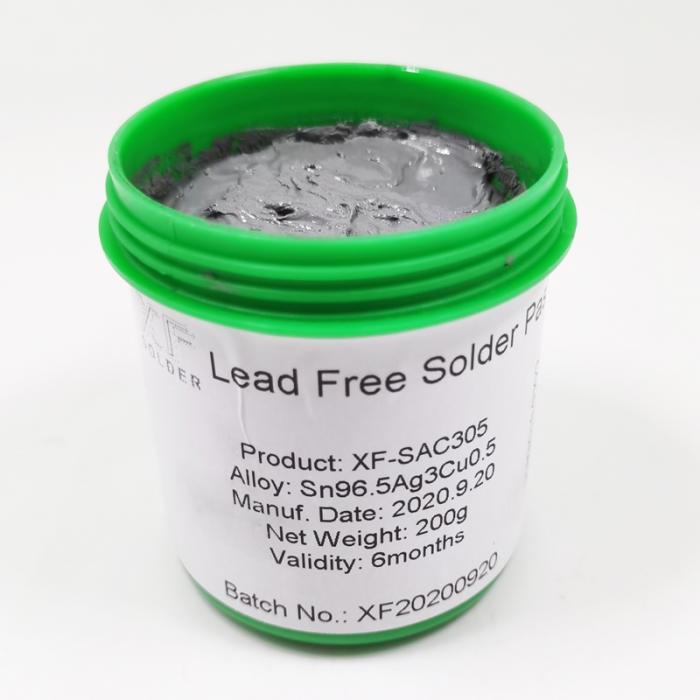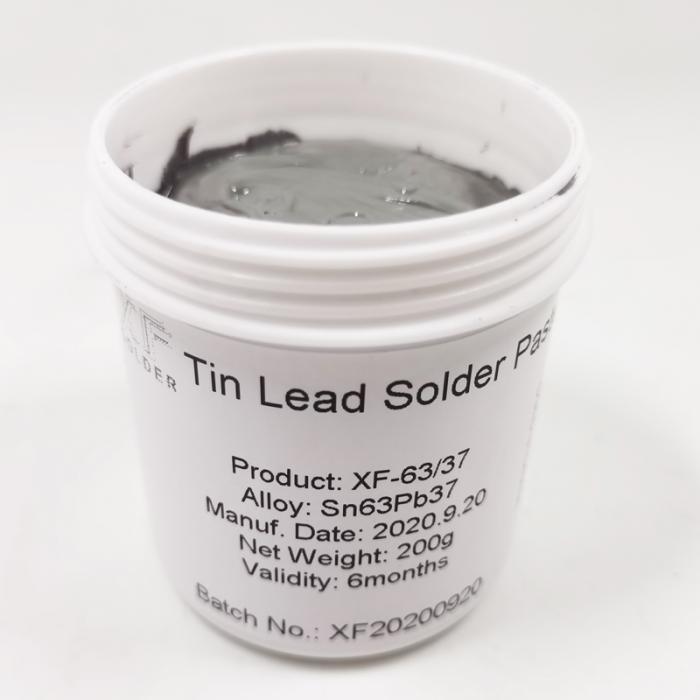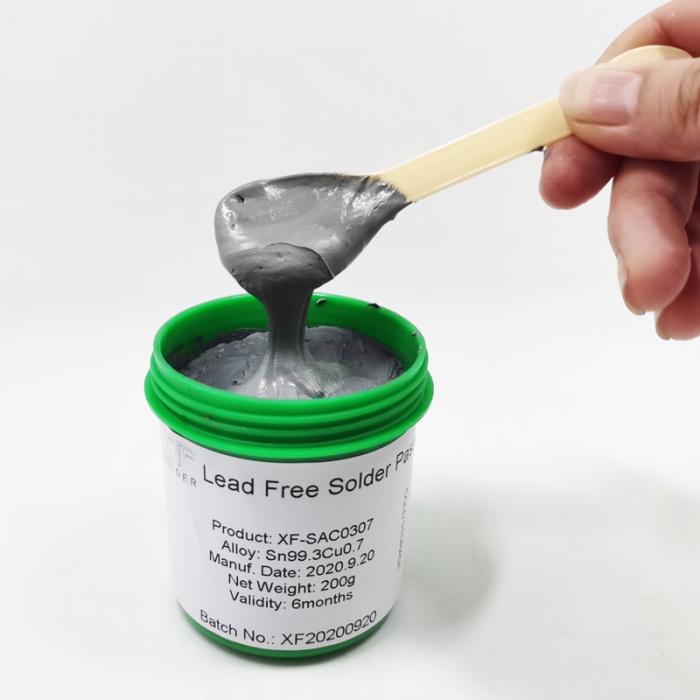| Name: | Solder Paste |
| Name: | Solder Paste |
| Alloy: | Leaded & Lead Free |
| Packing: | Jar or Syringe |
| Flux: | No clean flux |
| Origin: | China |
Product Description
Solder Paste
Solder paste is one type of solder that is sticky
paste form in metallic grey color, mixed with alloy solder powder and flux. Solder
paste is mainly used to assemble printed circuit boards (PCB) by connecting
surface mount components (IC) to the pads on the PCB. It can hold the
electronic components in place on the board before the soldering, and after it’s
heated up the flux will be activated and the solder powder insides will melt
and then well bond the components with the PCB. Solder paste are available in
tin lead alloys & lead free alloys.
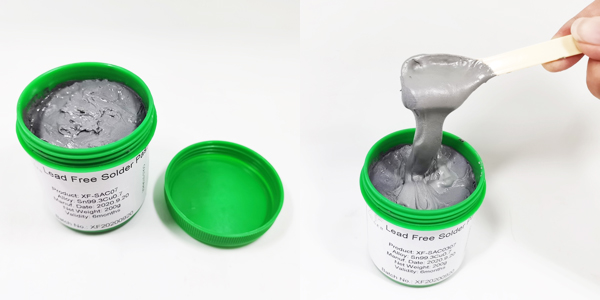
Basic Product Information of Solder Paste:
Alloy: Tin lead alloy: Sn63Pb37, Sn60Pb40,
Sn50Pb50, Sn40Pb60 solder paste etc; Lead free alloy: Sn42Bi58,
Sn96.5Ag3.0Cu0.5, Sn99Ag0.3Cu0.7 solder paste etc.
Powder size: Type 3 (25 to 45 microns); Type
4 (20 to 38 microns); or other powder size upon requests.
Flux: around 11.5%, no clean type.
Packing: Jar & Syringe.
Weight: 100g, 200g, 500g, 1000g per jar or
other weights available upon requested.
Appearance: metallic grey color pasty form.
Applications of Solder Paste:
Solder paste generally is used in SMT
soldering projects, it’s applied onto printed circuit board (PCB) through a stencil
printing process. Stencil is generally a stainless steel that is cut and
perforated with desired pattern which will allow the solder paste to be applied
on the pads precisely & with accurate amount of paste. Alternative ways to apply
solder paste will be jet printing through nozzles or applied manually by using
syringe packing. After that the PCB will be heat up (reflow soldering) so that
the solder paste will melt to connect the electronics components with the pads.
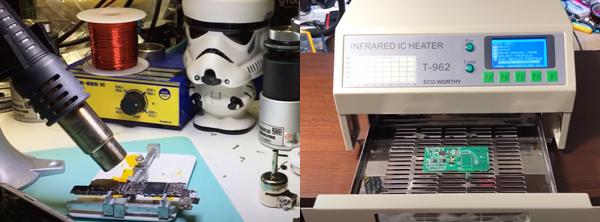
Using & Storage of Solder Paste:
1. Solder paste should be stored
in refrigerator at temperature between 0 to 10℃ to have longer
shelf life.
2. Solder paste should be taken
out of refrigerator 3 to 6 hours prior to use so that it has enough time to
turn to room temperature and function properly.
3. In case there’s still leftover
paste after use, it must be tightly sealed and refrigerated. Before re-using,
it’s a must to double check if the solder pastes hasn’t become separated or
thicken to its usual state.
4. Read TDS of each type of solder
paste before using.

